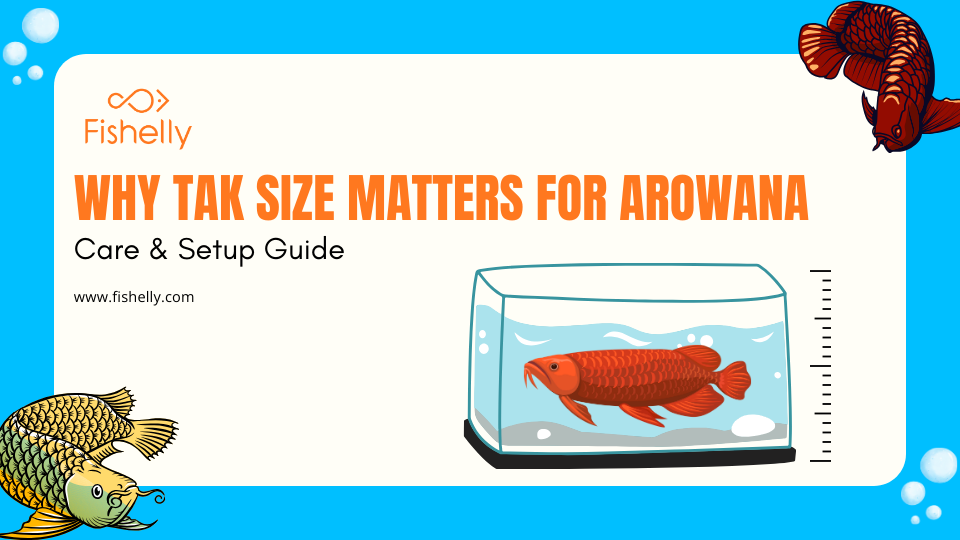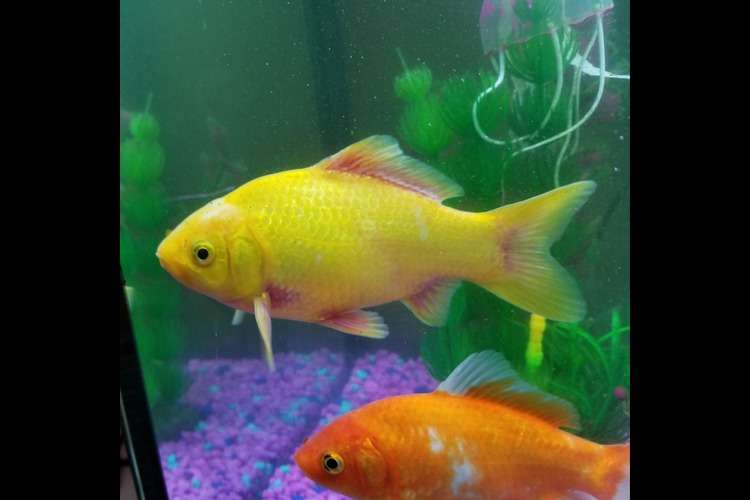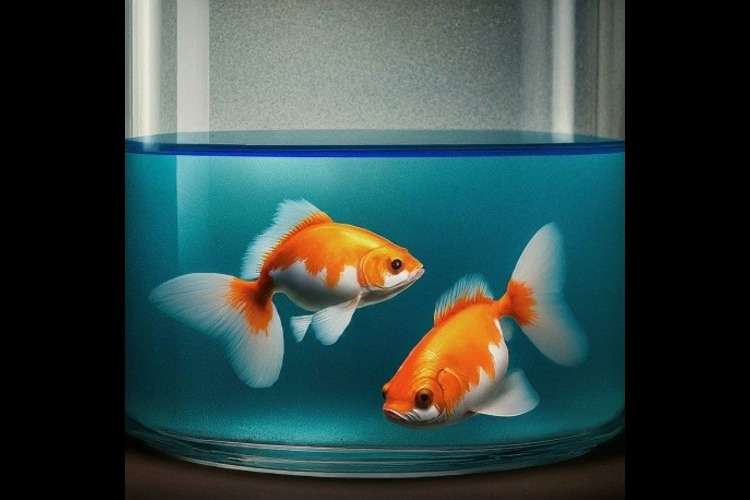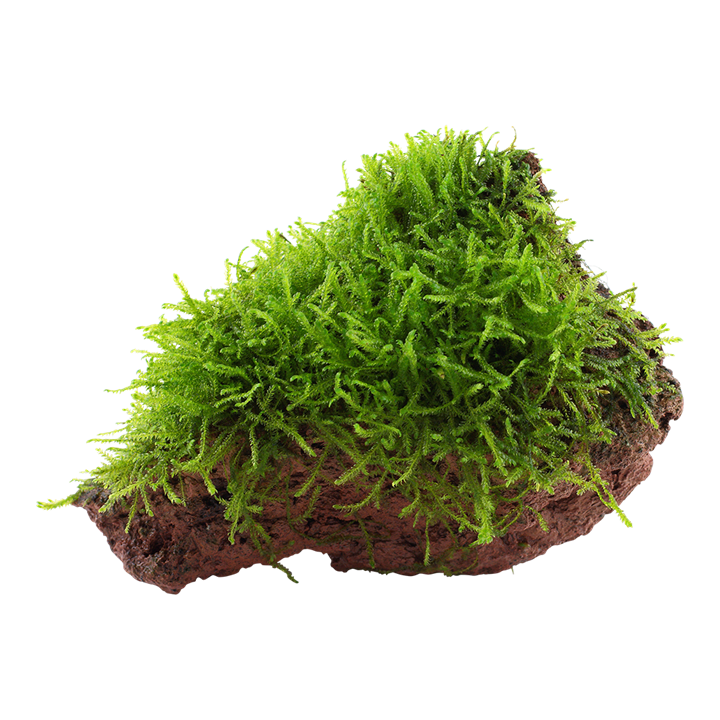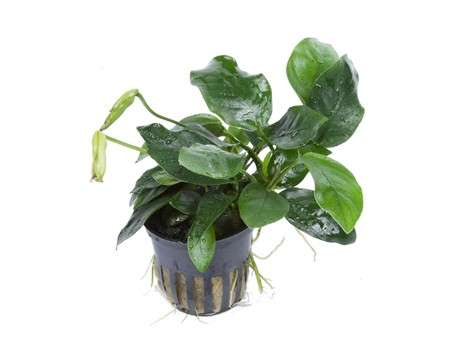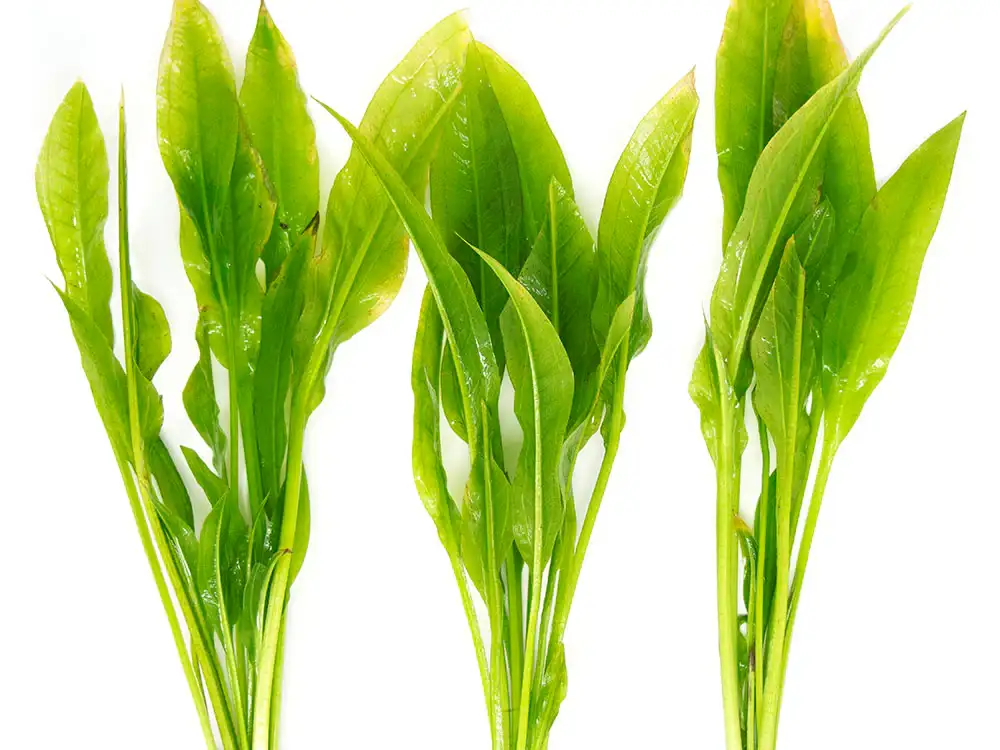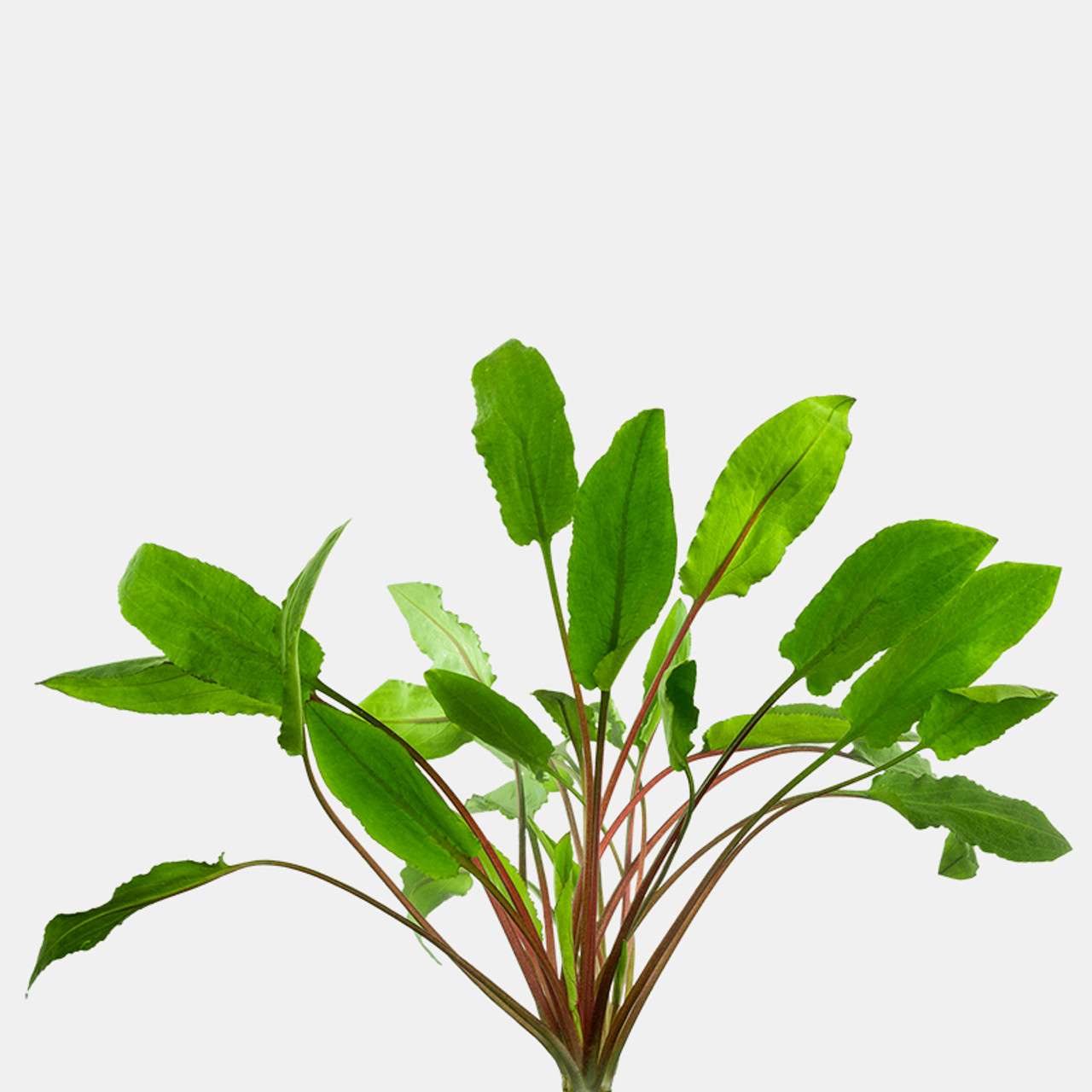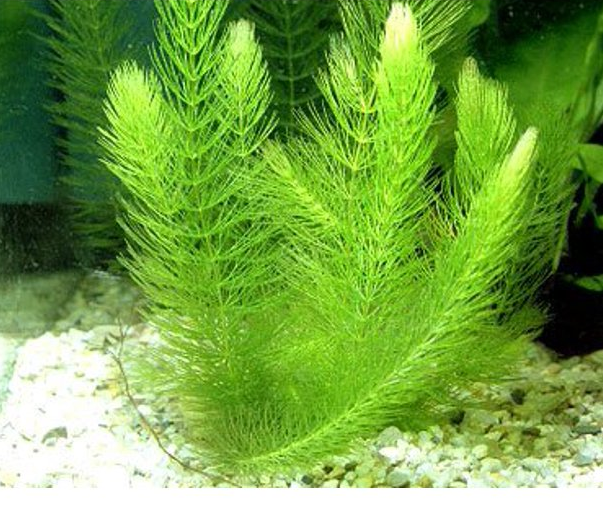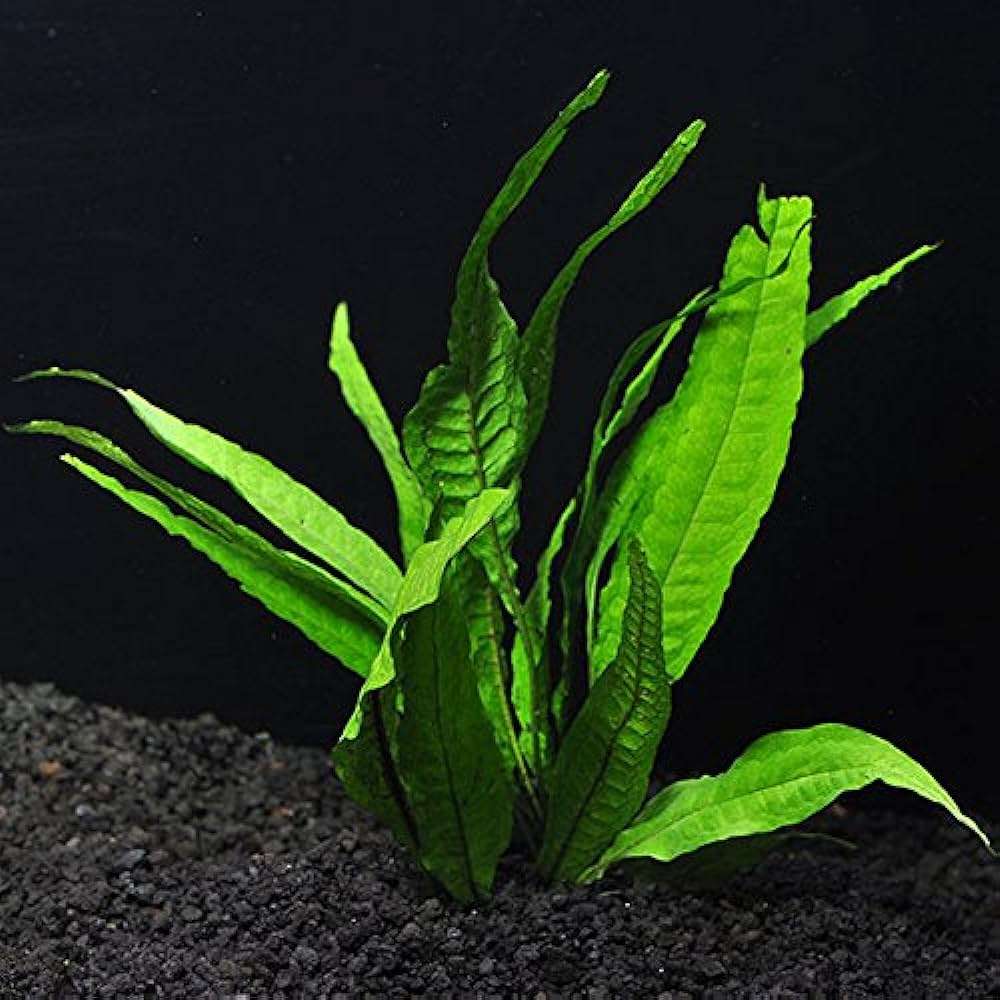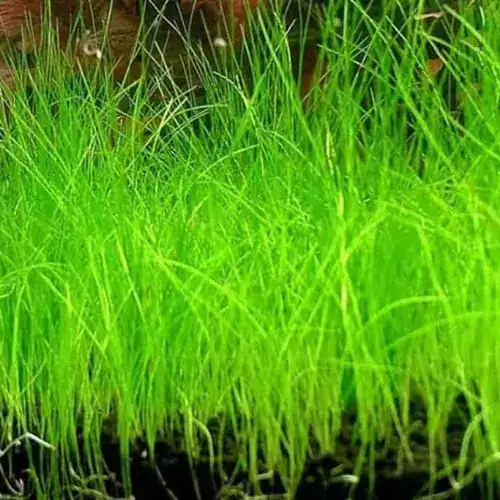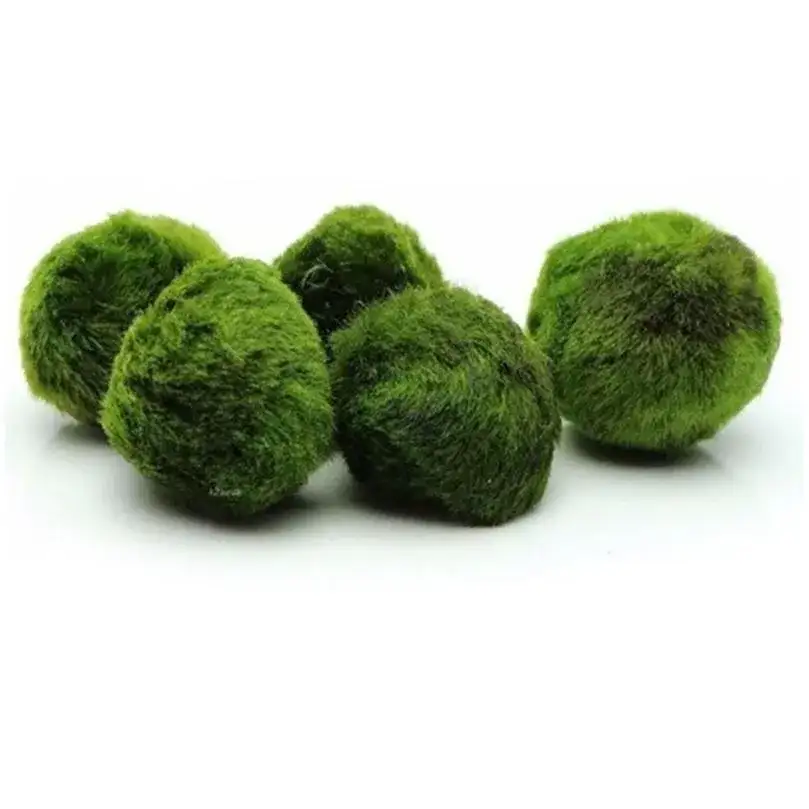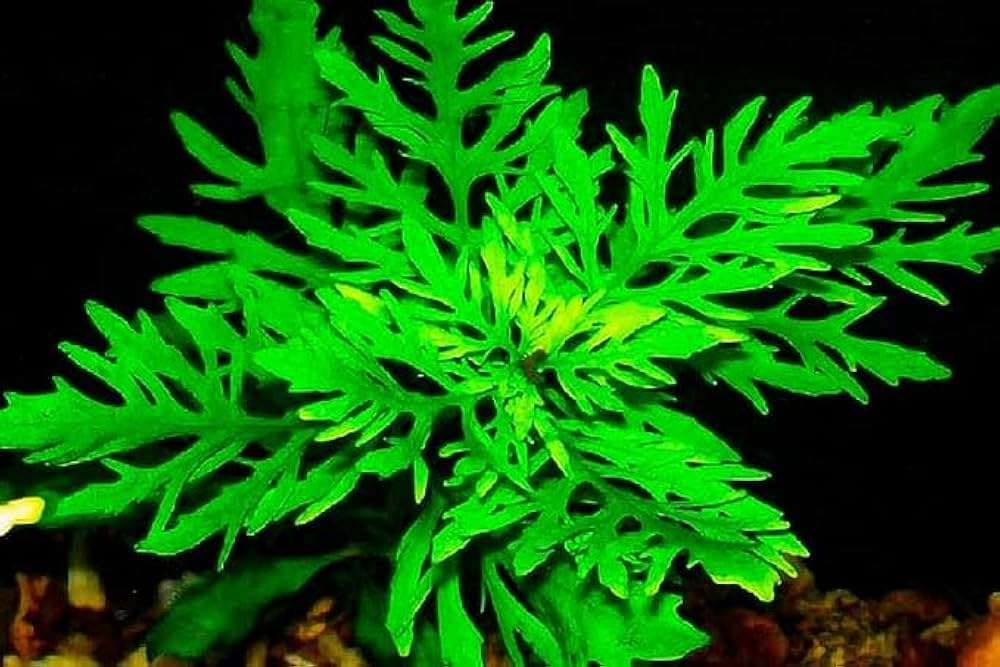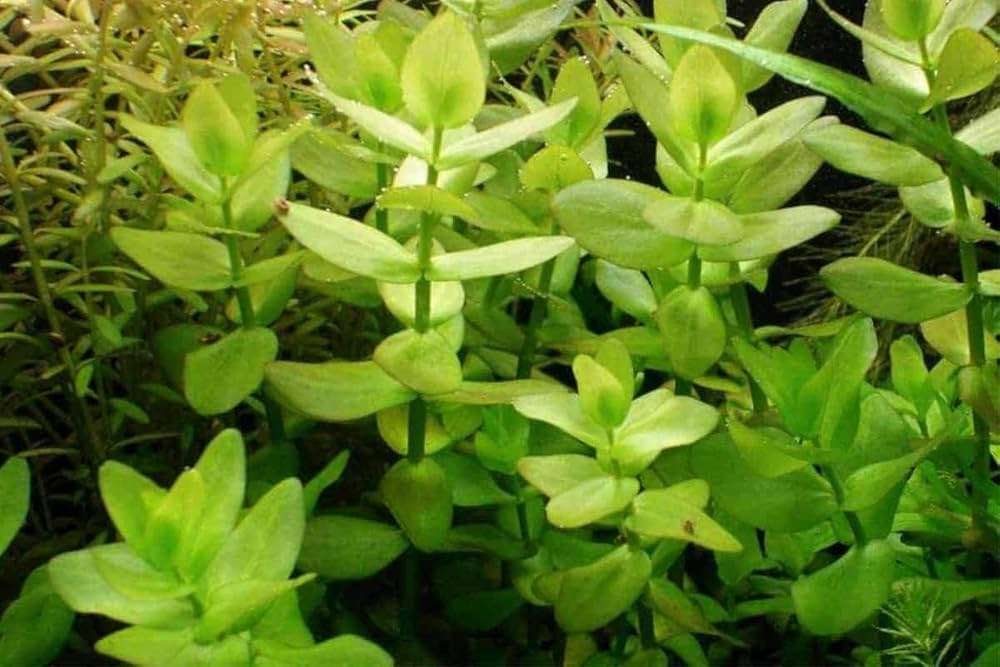Why Tank Size Matters for Arowana Care & Setup Guide
Learn why Arowana tank size is crucial for growth, health, and behavior. Discover ideal dimensions, setup tips, and care for a stress-free fish.
Table of Contents
- Normal Behaviour - Dwells at the Surface
- Habitual Jumping-Well Covered
- Width & Length-Arowana-sized Tank Dimensions
- Comfort & Health - Growth without Stress
- Maintenance & Care Perpetuity
- Faq
- Conclusion
The most admired freshwater aquarium fish, Arowanas are distinguished by their elongation, brilliant metallic scales, and effortless swimming style; in many cultures, they are even considered symbols of auspiciousness and prosperity. Nevertheless, keeping an Arowana is much more than just appreciating its beauty; rather, it requires understanding its particular needs, among which tank size is the most important. Unlike smaller fish, Arowanas require space-not merely to survive, but to actually thrive. A properly sized tank directly influences the health, growth, and lifespan of Arowanas and their overall character; therefore, it is the basis of all successful Arowana care.
Normal Behaviour - Dwells at the Surface
Arowanas are surface-dwelling fish their mouths are upturned, adapted to feed on insects, small fishes, and other preys that float or fly close to the water surfaces. They spend most of their time near the top of the water.
Simply glide long distances along the surface while using their long, slender bodies and the minimum effort. They would then glide using their muscular fins in the dip towards the surface and swiftly propel themselves using the previously utilized skim as an exit point to jump out and catch an insect or small fish.
Now, this does not mean that this is conditioned behaviour. In fact, that natural swimming instinct does not disappear in these animals, and when the tank is too small, they cannot engage into their swimming behaviour in their natural way, making them go through a stress response pattern of pacing that is unnatural for it.
Why it matters:
• Limited swimming space produces frustration and stress.
• Stress reduces immunity and infection susceptibility.
• Limited surface area affects their ability to breathe comfortably in those layers of water rich in oxygen.

Habitual Jumping-Well Covered
A rapidly popular habit of Arowanas is their jumping habit. They can jump many feet above the water surface just to catch insects or even small birds that perch on branches.
That could prove troublesome for something like an aquarium where the cover is not secured. Thanks to the startled and hungry Arowana who jumps from the aquarium, it will jump out, injures itself on the edges of the tank, or even escape entirely.
Point to Remember:
• The use of a cover or lid is non-negotiable.
• Additional height in a tank is less important than that it has safe coverage at the top.
• Do not put sudden lights, noises, or vibrations close to the tank, as these may cause panic jump.
Tip: Mount a sturdy cover on top rather than using a flimsy plastic top. Arowanas are powerful enough to push weak covers aside.

Width & Length-Arowana-sized Tank Dimensions
Arowanas need to stretch and swim their elongated bodies (that can grow up to 2–3 feet depending on the species) horizontally since they are wide-bodied. Therefore, width and length should be prioritized for Arowanas, while tank height is considered important for many aquarium fish.
Recommended Minimum Tank Size:
• It's 6 feet long (180 cm).
• Depth front to back: 2 feet (60 cm)
• At least 2 feet high, but not as critical as width and length
Movement forward will be hindered by narrowness or shortness of tank; over time, their bodies will either curve or deform. A long and spacious tank oftentimes mimics their river-defined environment, allowing them to demonstrate natural motion.
Why not height?
While absolute height looks appealing, it does not do as much for the fish. Arowanas do not typically make great use of vertical space; they mostly cruise horizontally near the surface rather than speeding vertically.
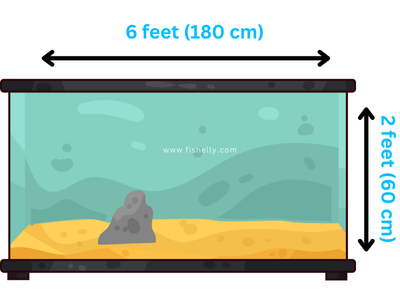
Comfort & Health - Growth without Stress
They are very susceptible to tank conditions and thus are entirely dependent on the tank conditions for their well-being. Tank size is not the only thing; it also contributes to growth rates, stressed states, and health.
Advantages of larger tanks:
Less stress: Swimming space makes them feel safe.
Better exercise: Stimulates natural movement, which builds strong muscles.
Appropriate growth: Stunted growth with cramped conditions, leading to a lessened life span.
Coloration: Fish free from stress are brighter in their natural colors.
On the other hand, fish in cramped tanks usually show:
• Reduced growth and bent bodies
• Faded colors; decreases the active level of behavior and stimulus withdrawal
• Aggressiveness or constant pacing at the glass.
• Higher chances of diseases due to weak immunity
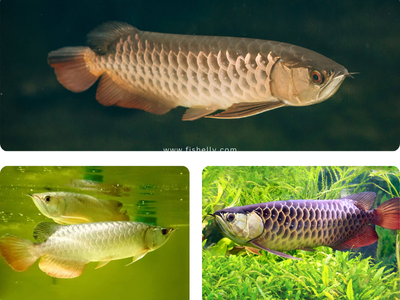
Maintenance & Care Perpetuity
Now tank size is few factors. In keeping Arowanas, regular care and proper maintainance are of paramount importance.
Filtration & Water Quality Arowanas produce a lot of waste. Bad water conditions result in a surge of ammonia where diseases and stress attack. Strong filtration ability is also vital to maintain clarity and quality of water.
One needs a high-capacity external filter or sump system and should keep doing regular water changes (25-30% weekly).
Keep water parameters stable (pH around 6.5-7.5; temperature 24 to 28 degrees Celsius).
**Tankmates **
Some kept Arowanas alone, but others tried pairing them with tank mates. If you are considering doing this:
• Make a larger tank even bigger.
• Do not include small fish: they are prey in the eyes of the arowanas.
• Use only larger, non-aggressive types such as rays, silver dollars, or a few catfish.
Safety & Decorations
• Decoration should be bare because space is essential for swimming.
• Avoid anything with sharp edges; it might cause injury to the fish during sudden movements.
• Add a little driftwood or plants, but only if the addition doesn't restrict movement.
Faq
1: What is the minimum tank size for keeping an Arowana?
At least 6 feet long and 2 feet wide.
2: Can I keep an Arowana in a 4-foot tank?
No, it’s too small and will stunt its growth.
3: Why does my Arowana keep jumping out of the tank?
Jumping is natural; use a secure lid to prevent escape.
4: Is tank height important for Arowanas?
Not much—length and width matter more.
5: Can Arowanas live with other fish?
Yes, but only with large, non-aggressive species.
6: How fast do Arowanas grow?
Very fast—often over a foot within months.
7: Do Arowanas get stressed in small tanks?
Yes, small tanks cause stress, poor growth, and dull colors.
Conclusion
The keeping of Arowanas is a pleasurable yet serious undertaking because their size, behaviour, and natural instincts require more than a standard aquarium configuration. To support their natural swimming style, prevent injuries sustained during jumping, and relieve stress, you must provide a large, wide, and long tank, completely covered. If you can provide your Arowana with space, clean water, and lots of care, it will not only flourish but also show off its beauty, strength, and grace, making the effort put into creating the right environment worthwhile.
